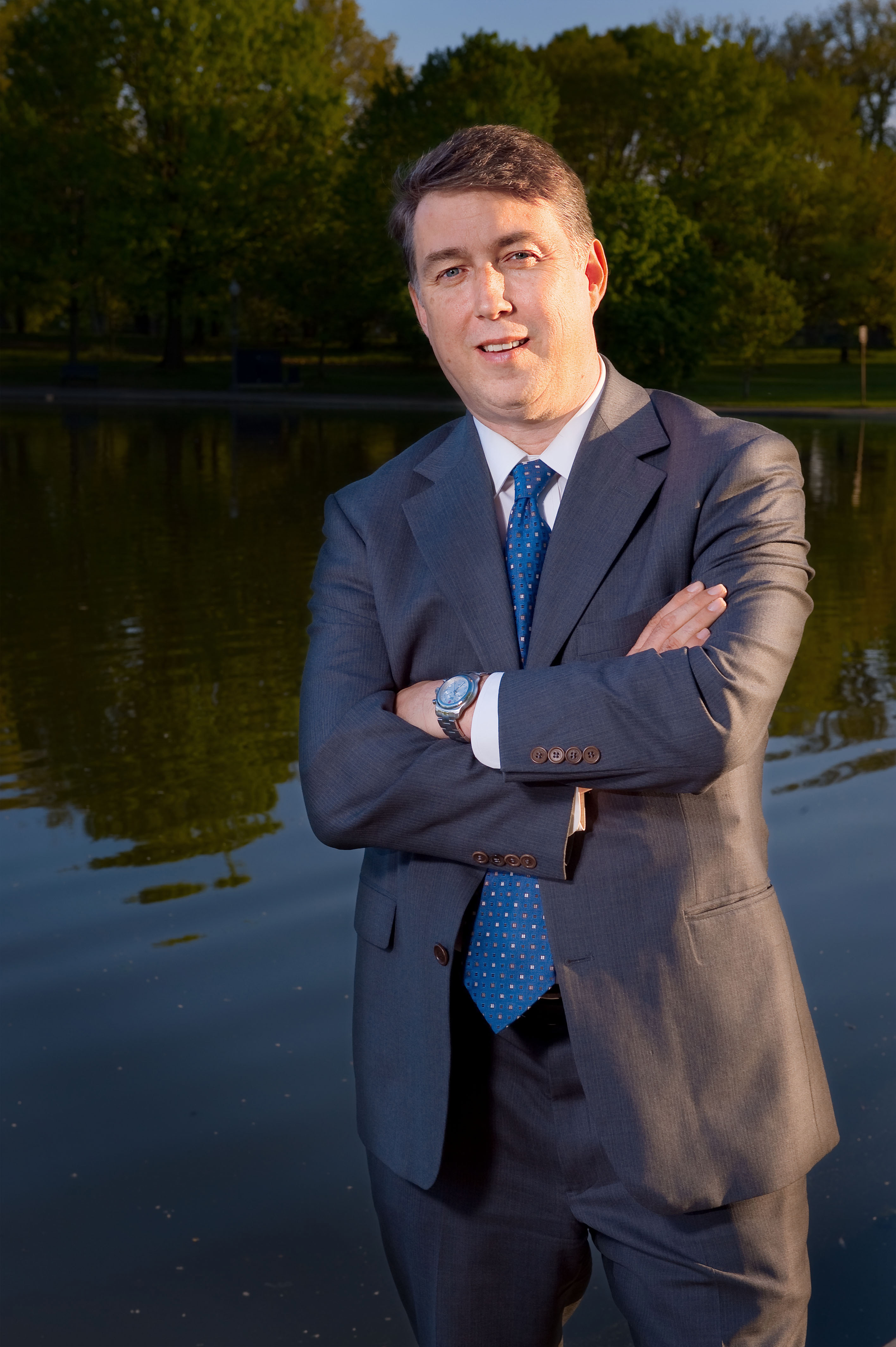Philip K. Hopke
Bayard D. Clarkson Distinguished Professor
Director of the Center for
Air Resources Engineering and Science
Founding Director of the Institute for a Sustainable Environment
Clarkson University
Forty+ Years of Development and Application of Receptor
Modeling: Where are we now?
Friday, May 16th, 2014
2:30 p.m.
103 Life Science Building
York University
4700 Keele Street, Toronto
Abstract
Initial efforts to use atmospheric composition data to identify and quantify pollution sources began more than 40 years ago. The development of these methods started about 40 years ago and they have continued to evolve up to the present. Initial efforts using factor analysis were published in 1968 while the chemical mass balance was first suggested in 1971. Initially there was little demand for these tools by the air quality management community because they were not initially recognized by the U.S. Environmental Protection Agency as an acceptable part of the planning process (SIP). Major developments occurred as part of the Portland Air Quality Study (PAQS) in which receptor models were an integral part of the effort and led to substantial corrections to the dispersion model used for air quality planning. A critical step occurred with the promulgation of the 1987 PM10 National Ambient Air Quality Standard (NAAQS) when one of the EPA's guidance documents indicated that receptor models could be used in SIP development. Subsequently in the 1990s, the EPA supported the development and distribution of several receptor models. The application of these models has now become routine and their use in the context of air quality management in the US will be presented. The current state-of-the-art in the application of receptor models will be presented with an application to data from St. Louis, MO.

